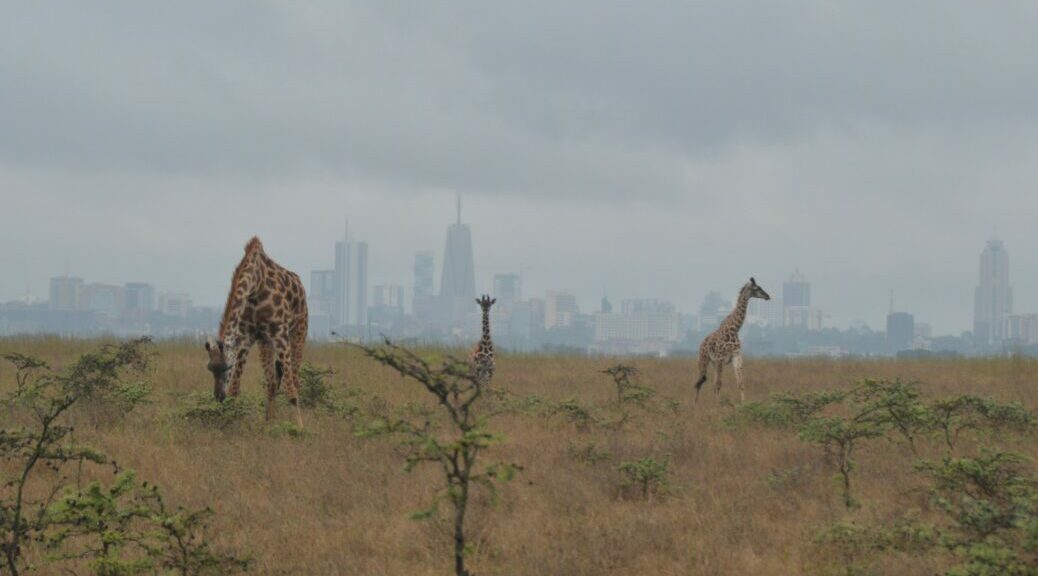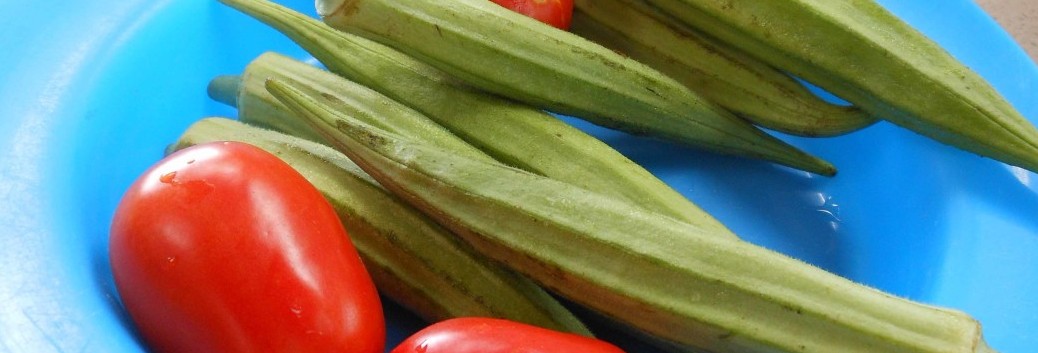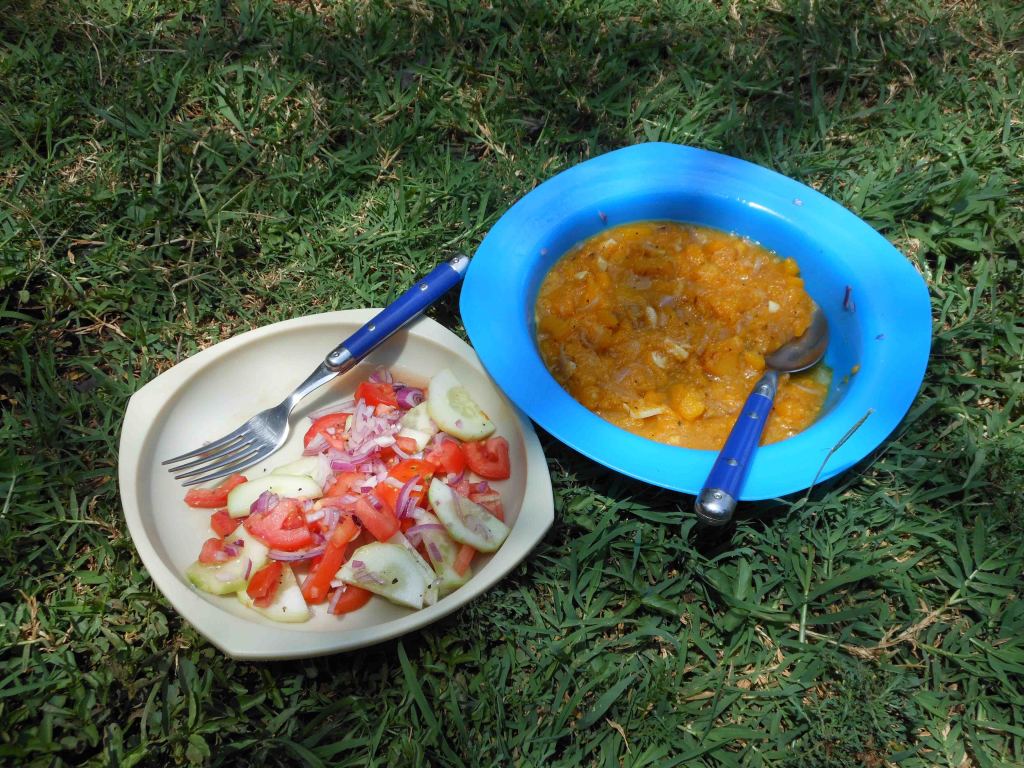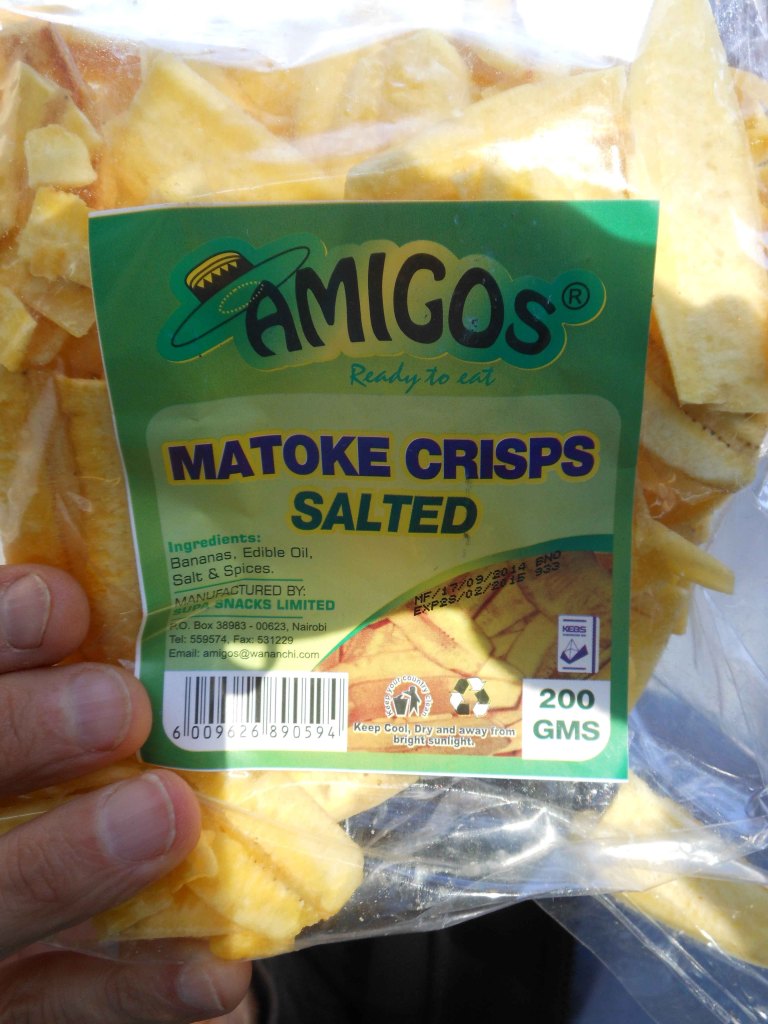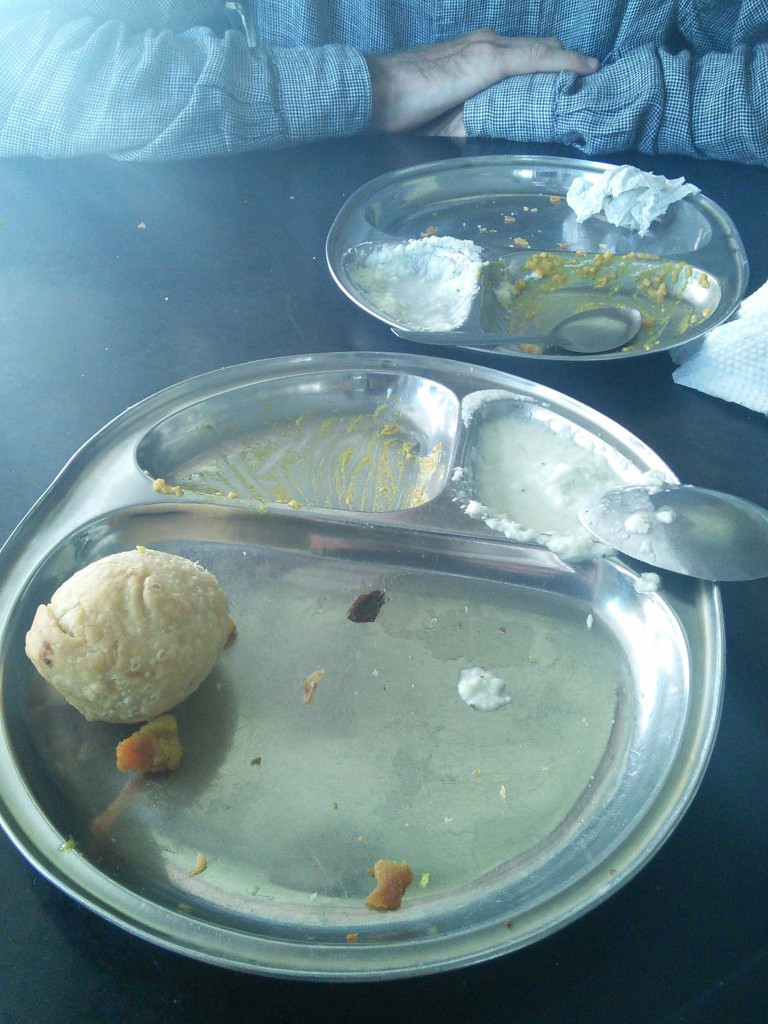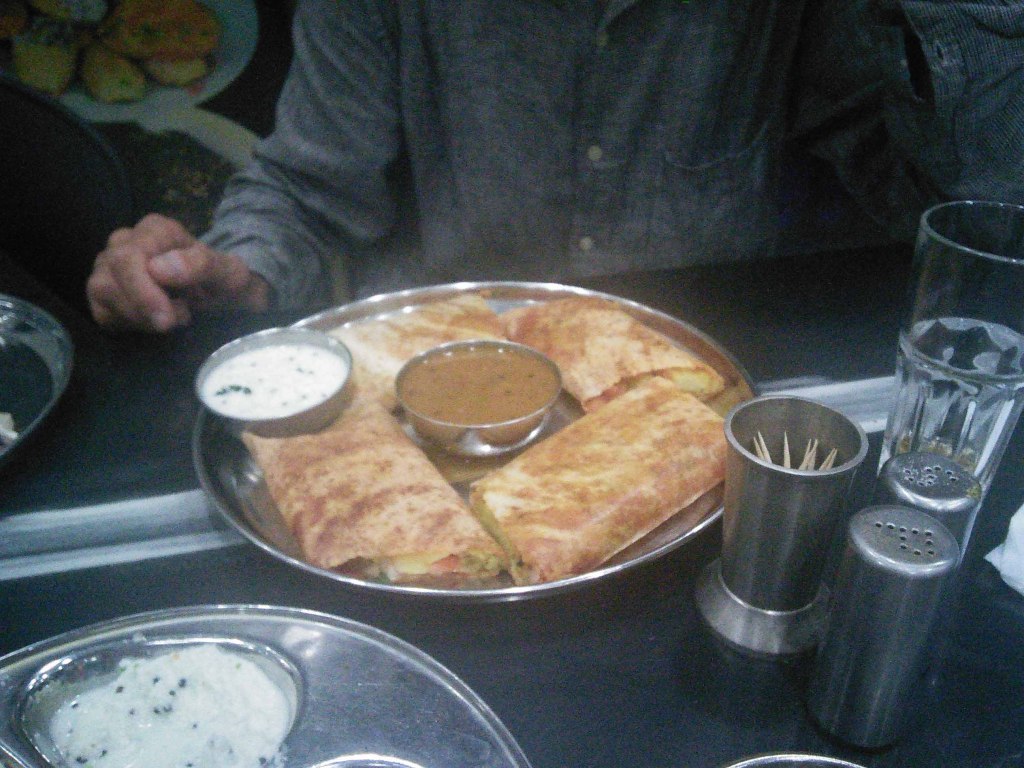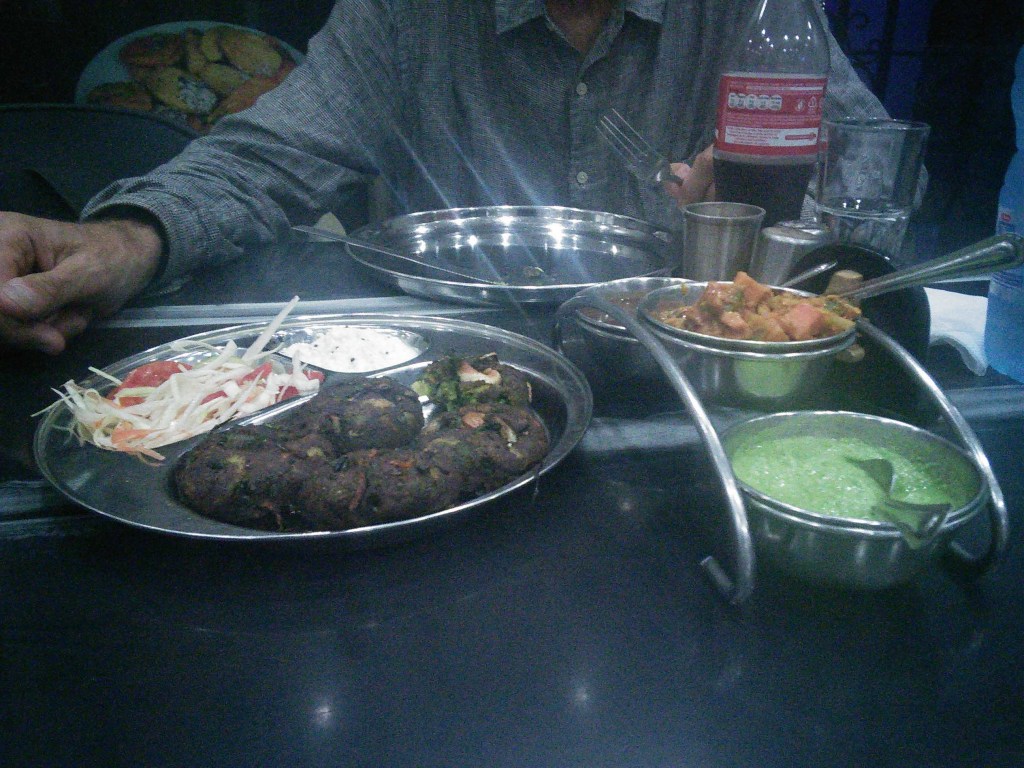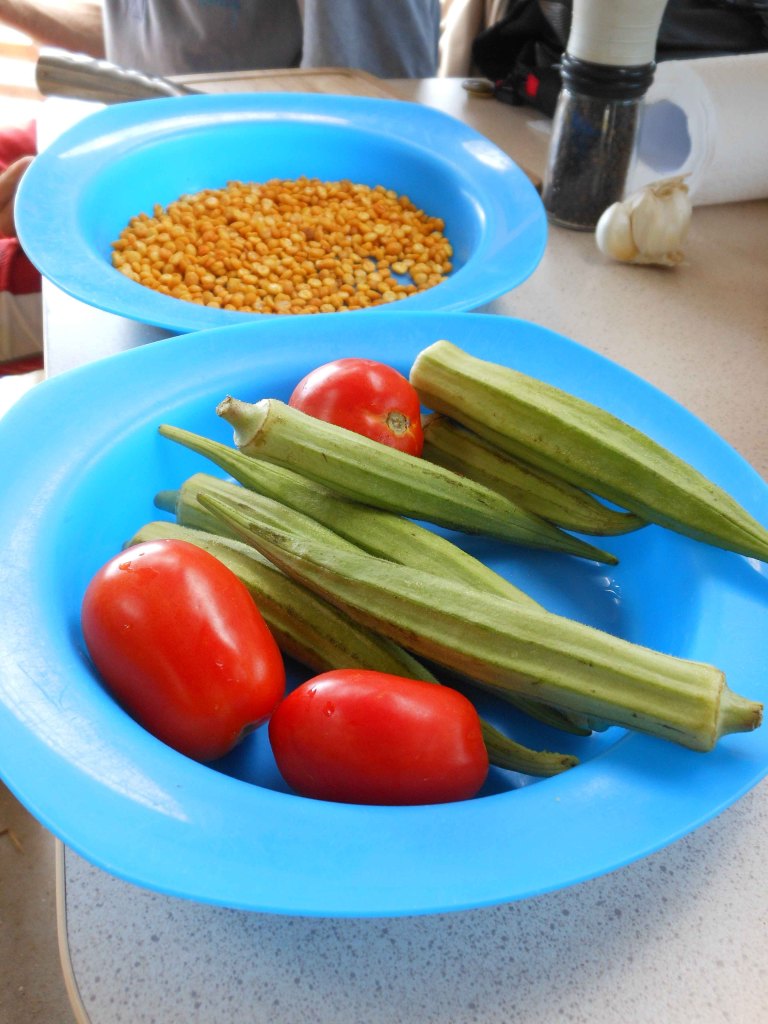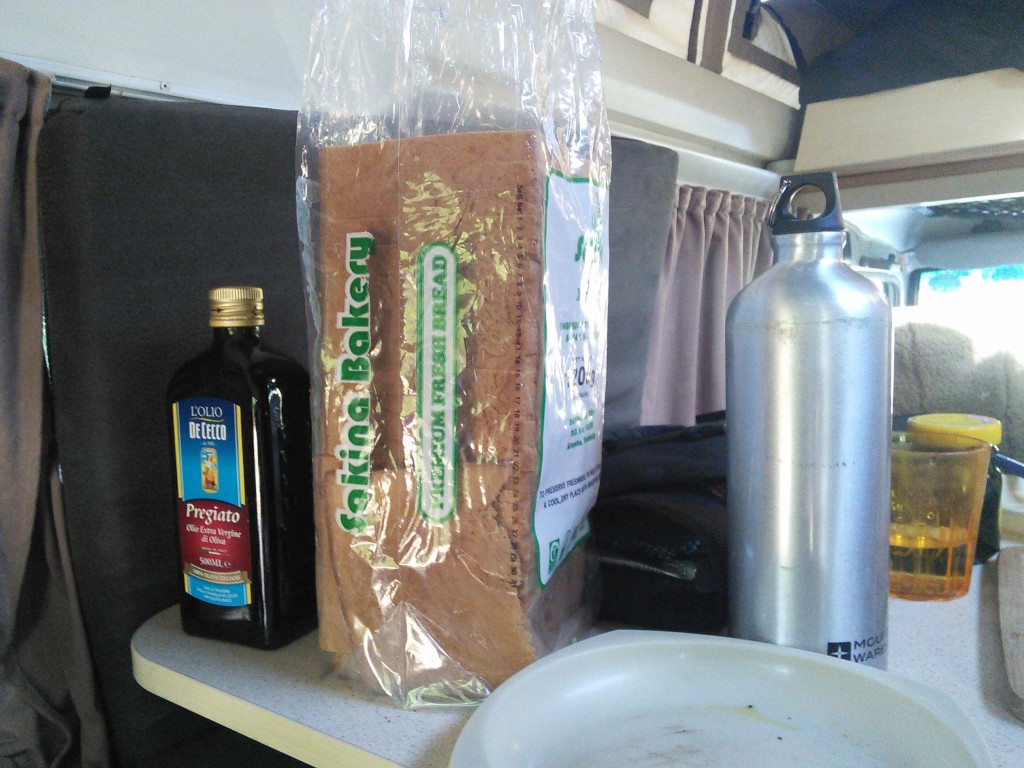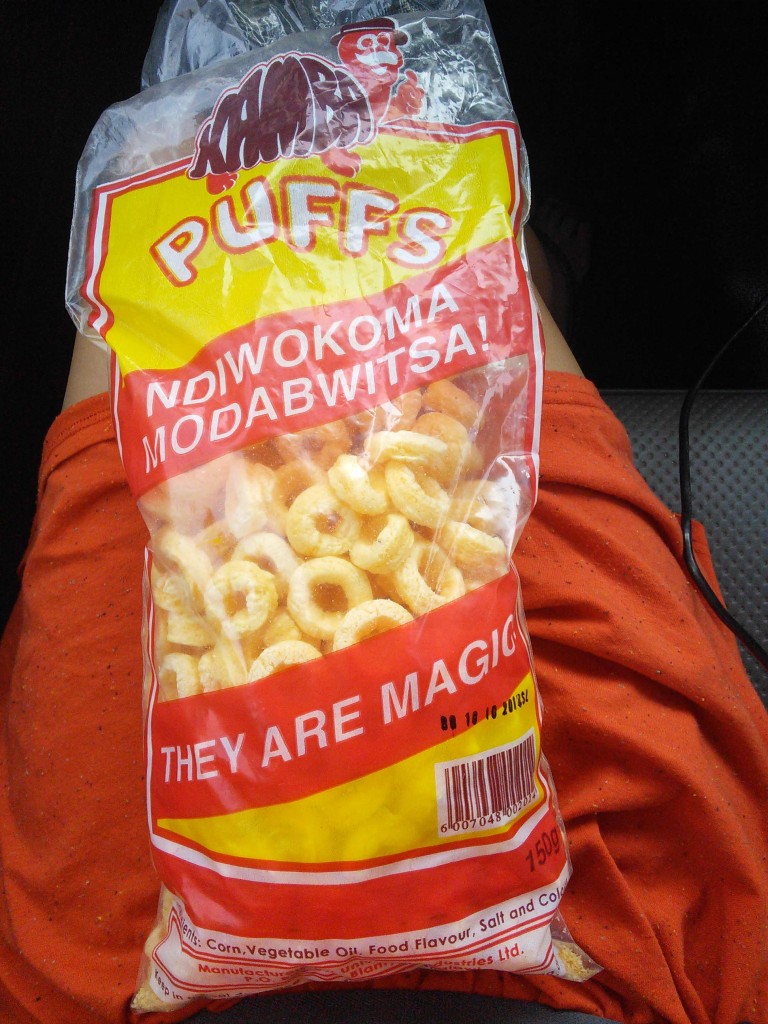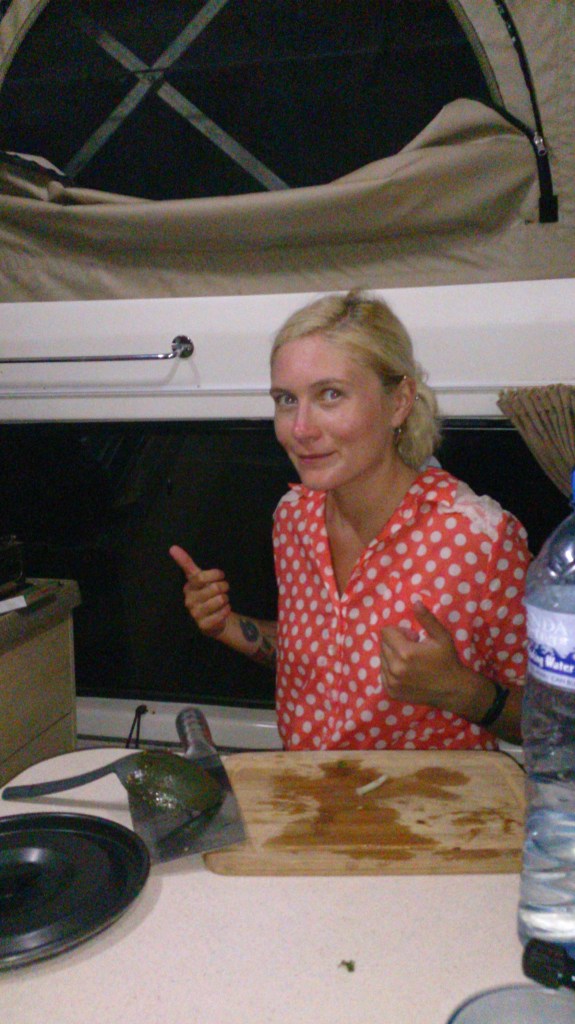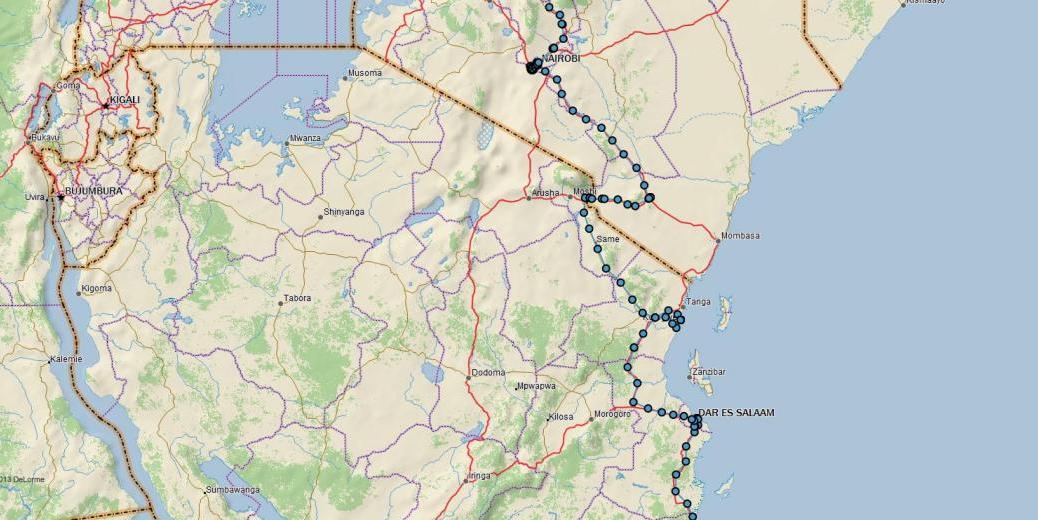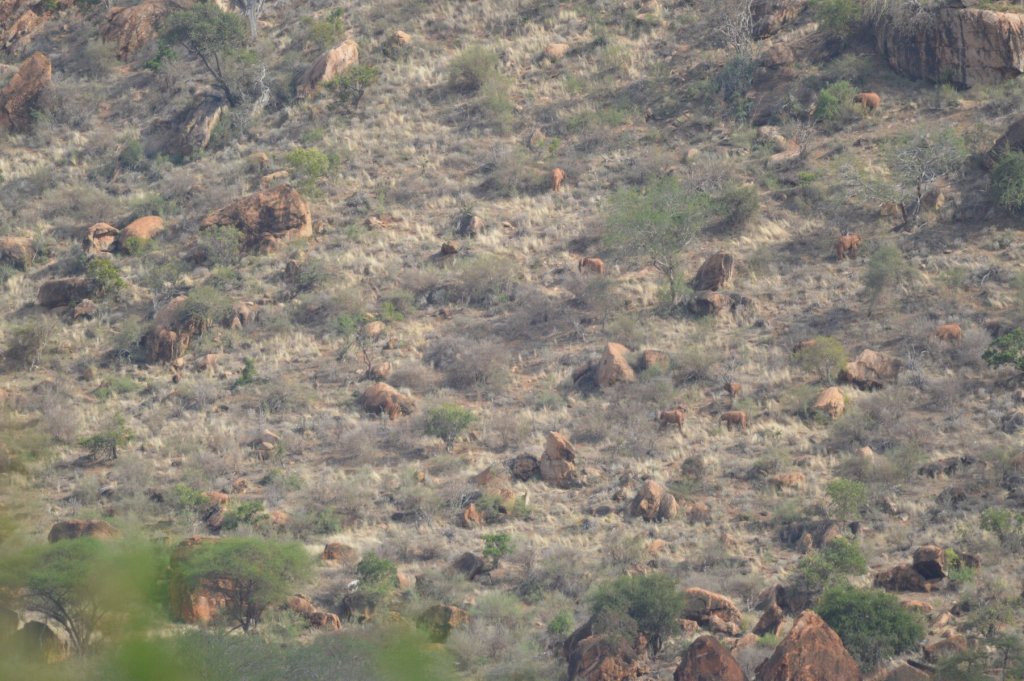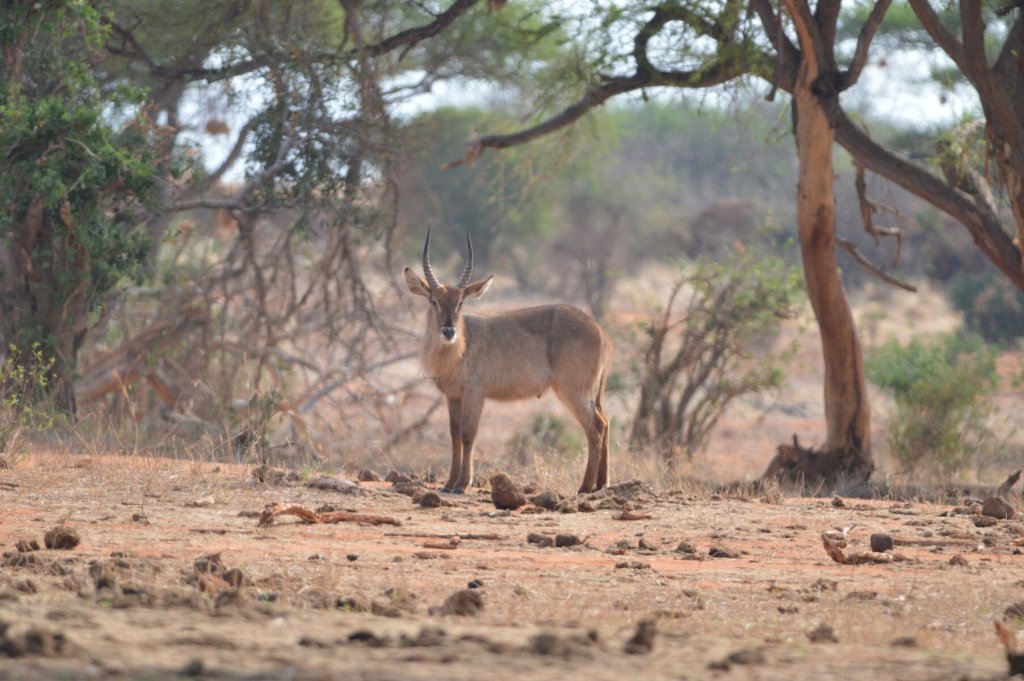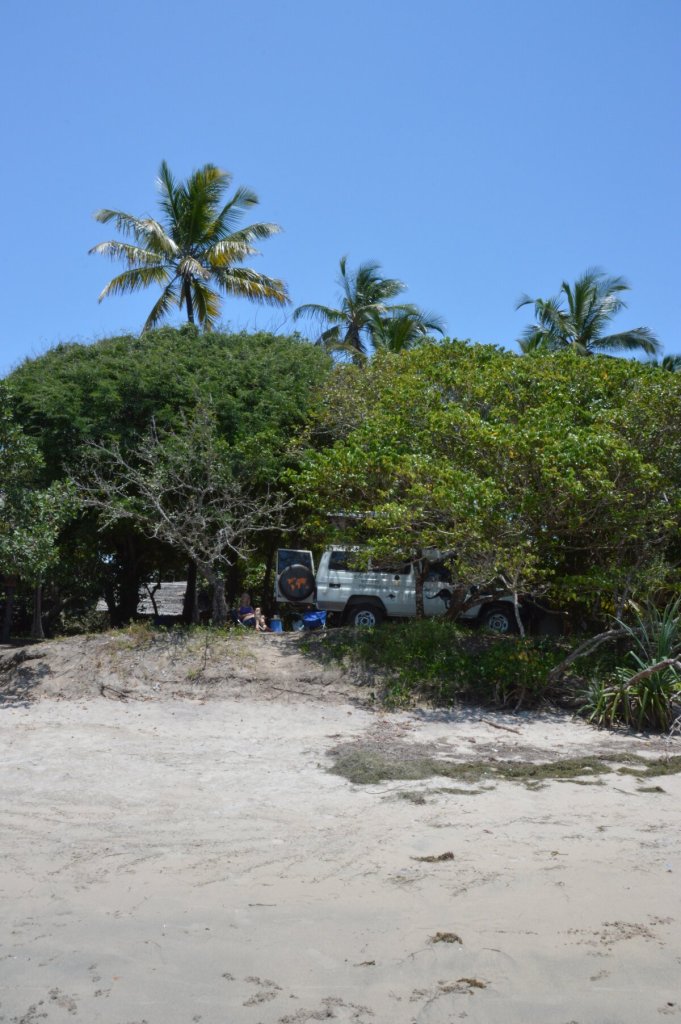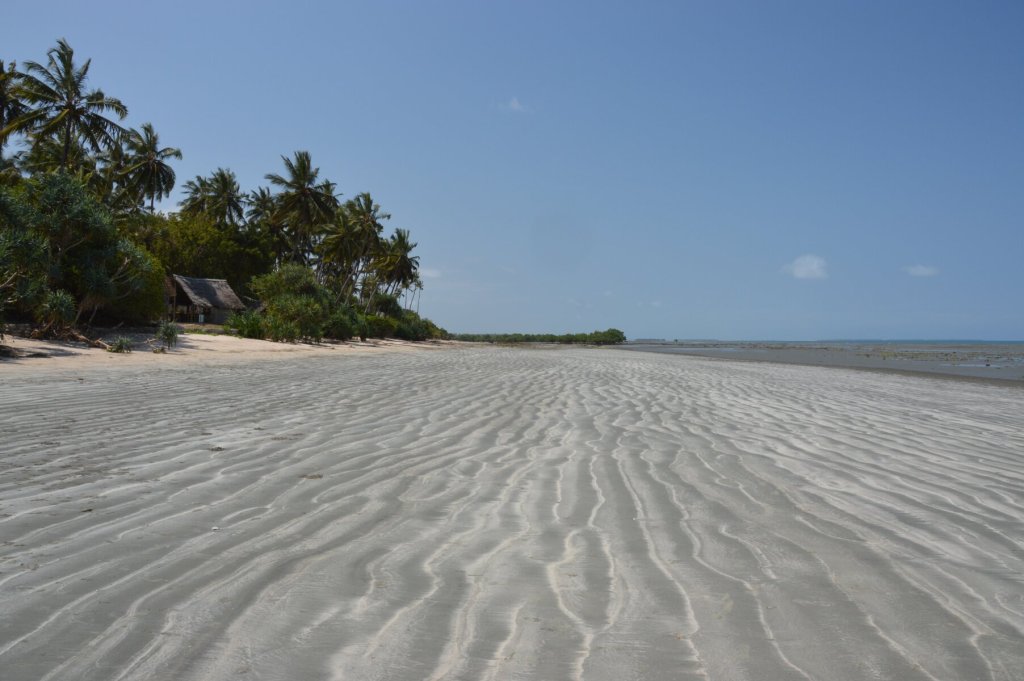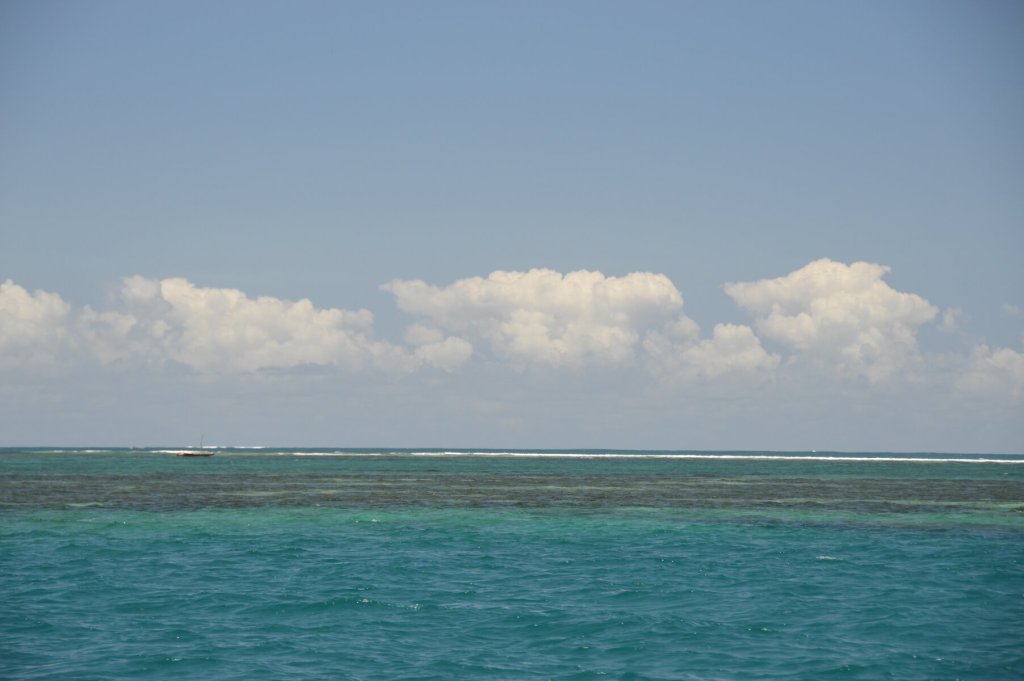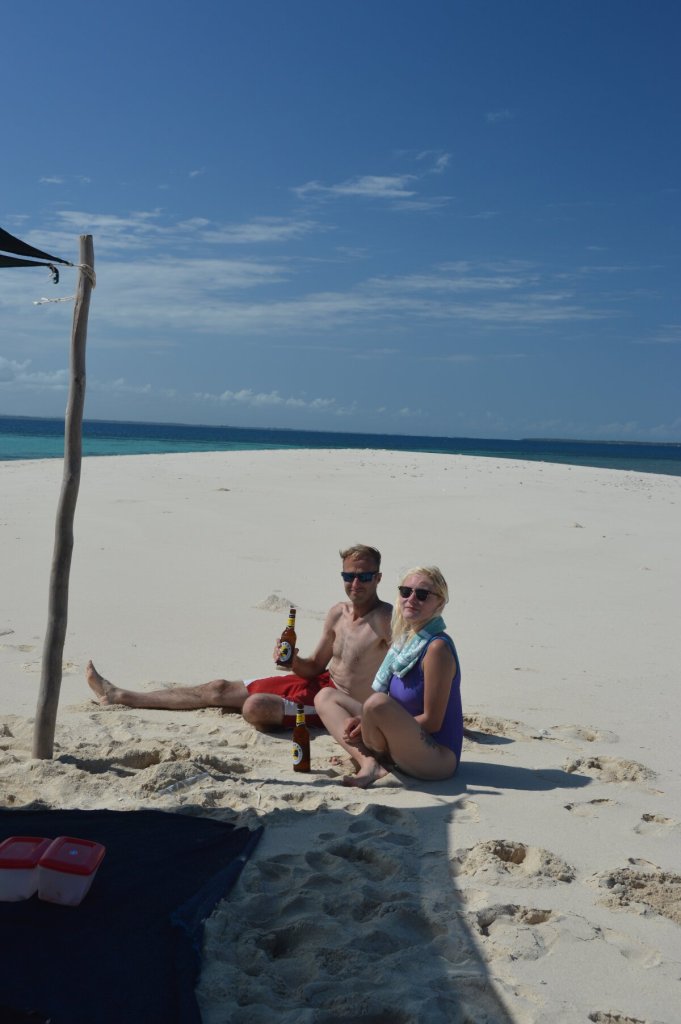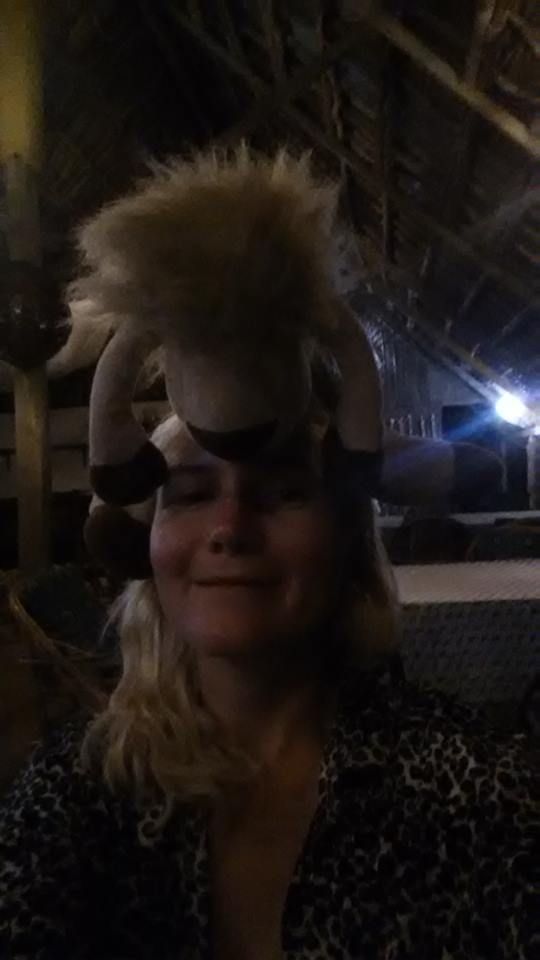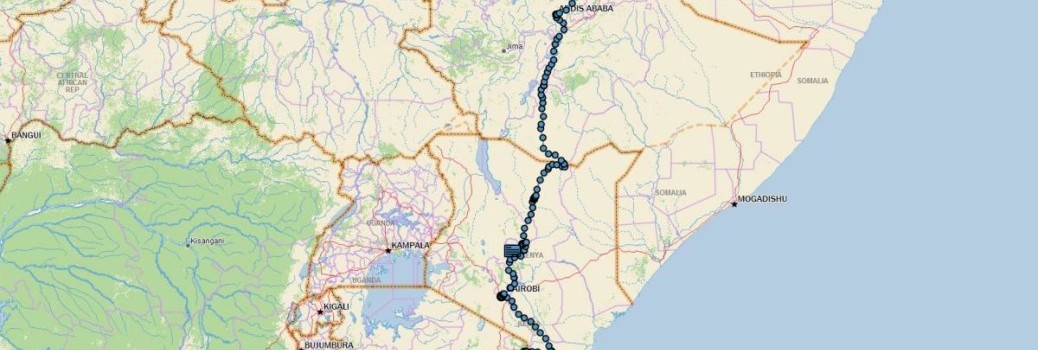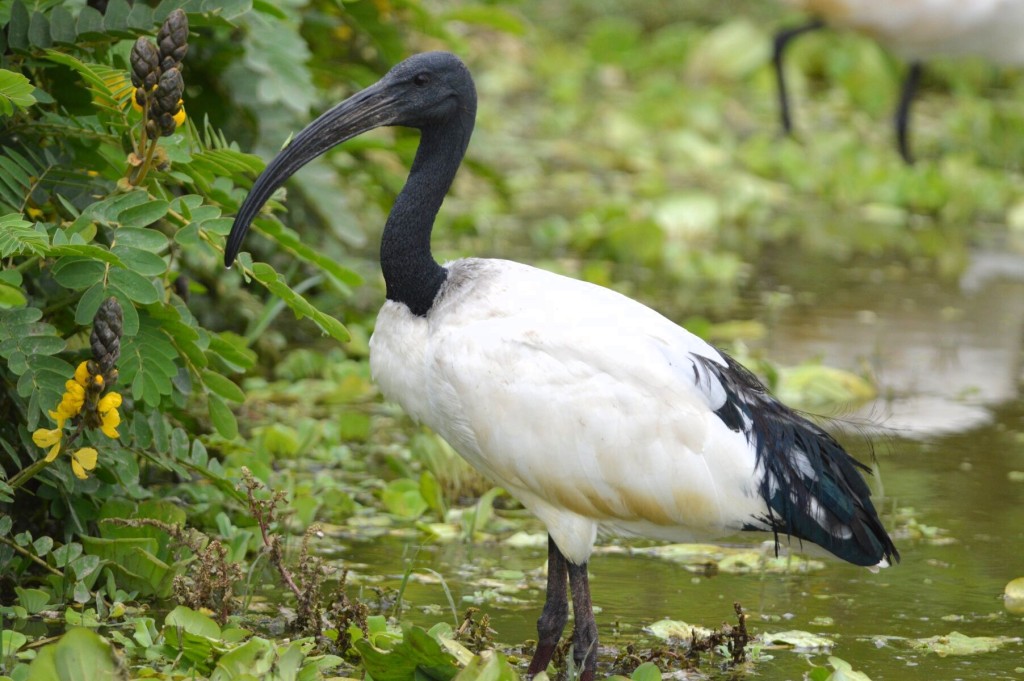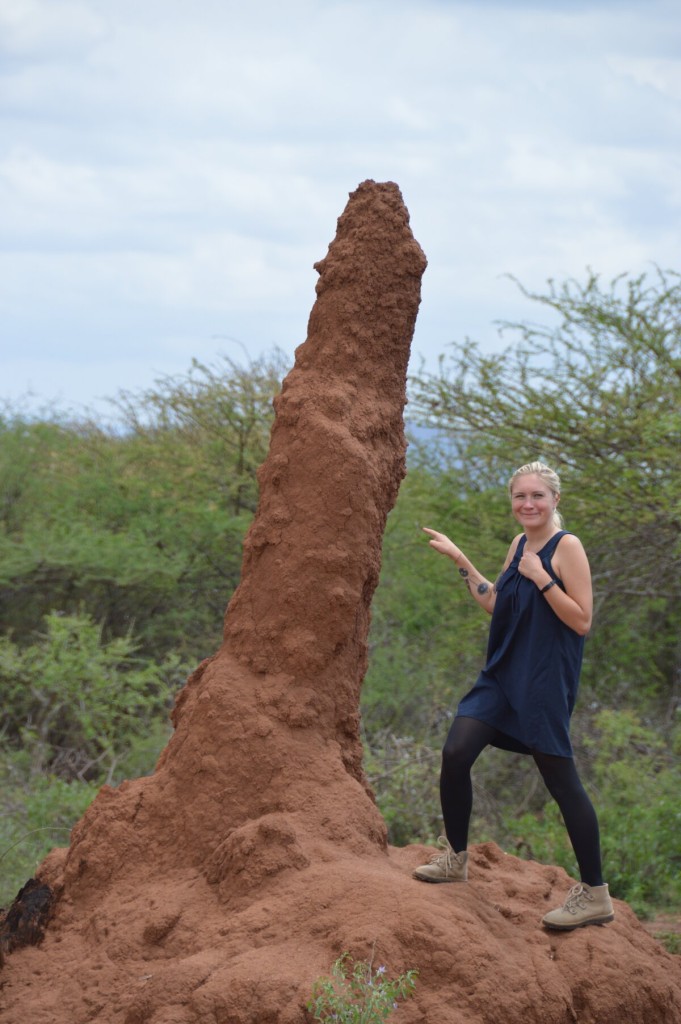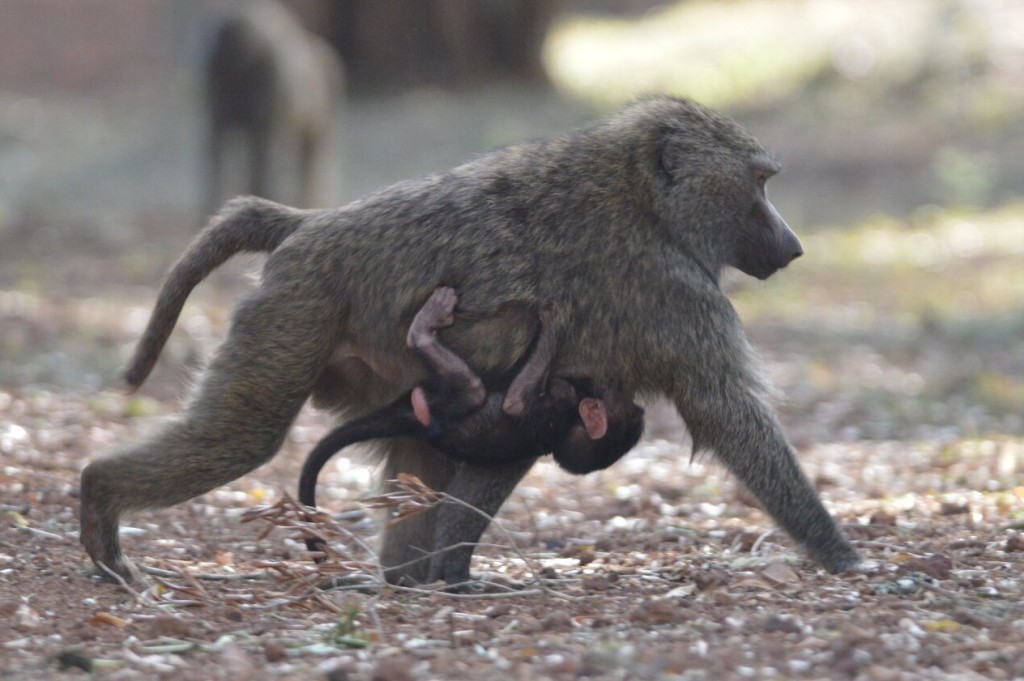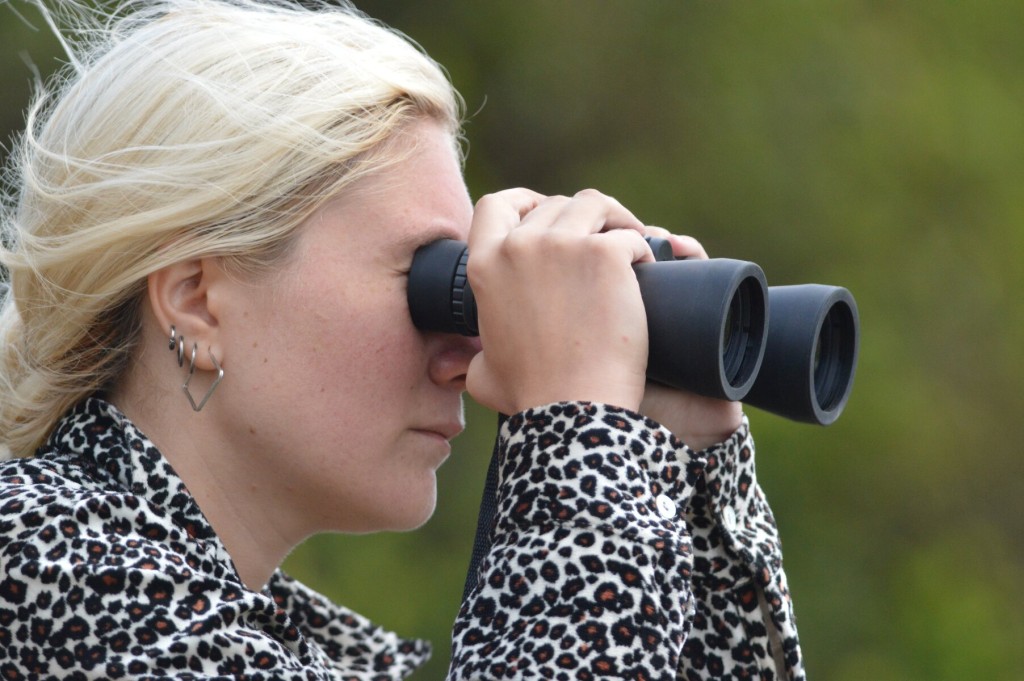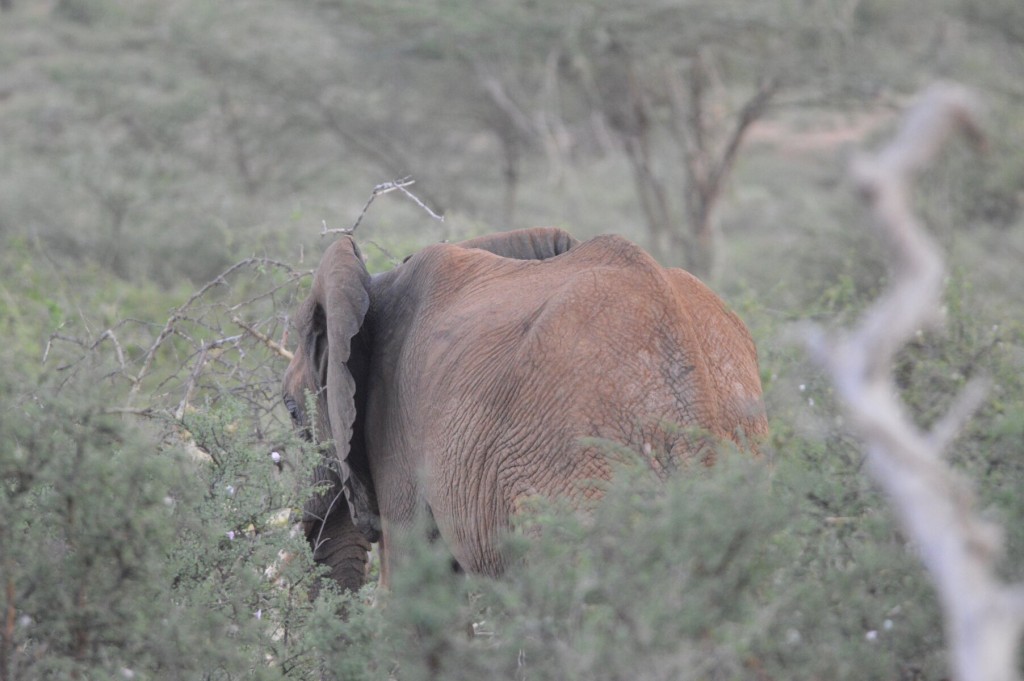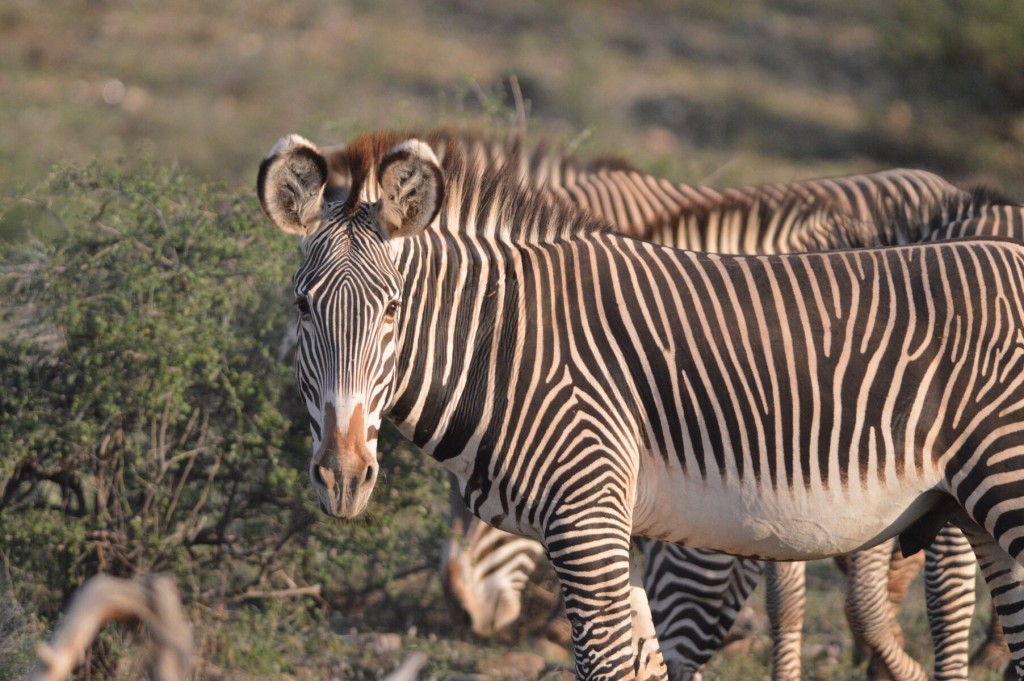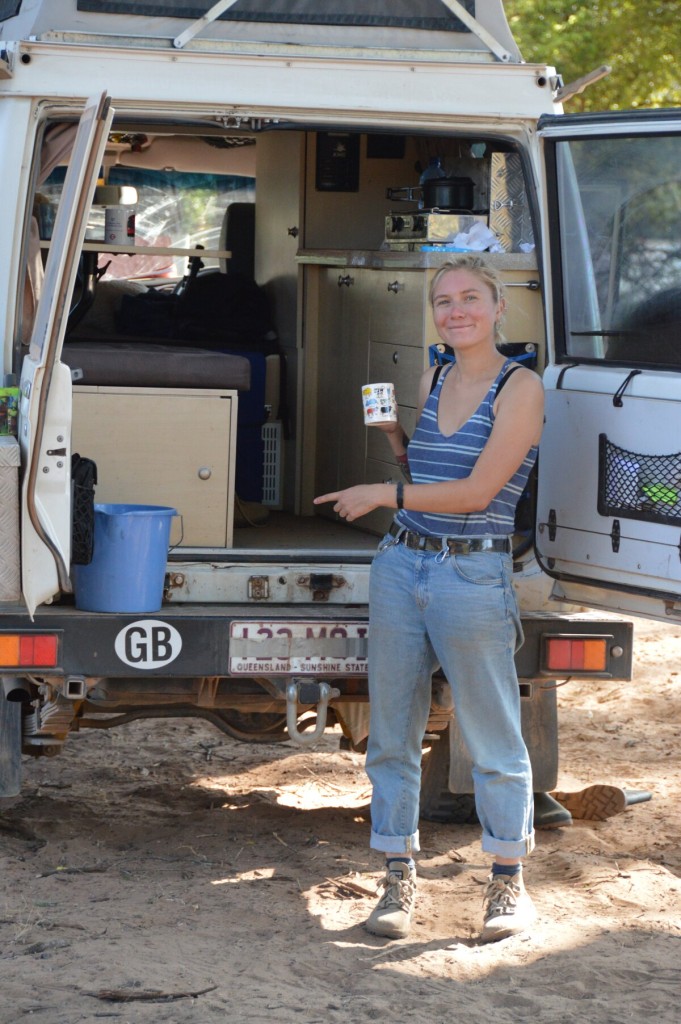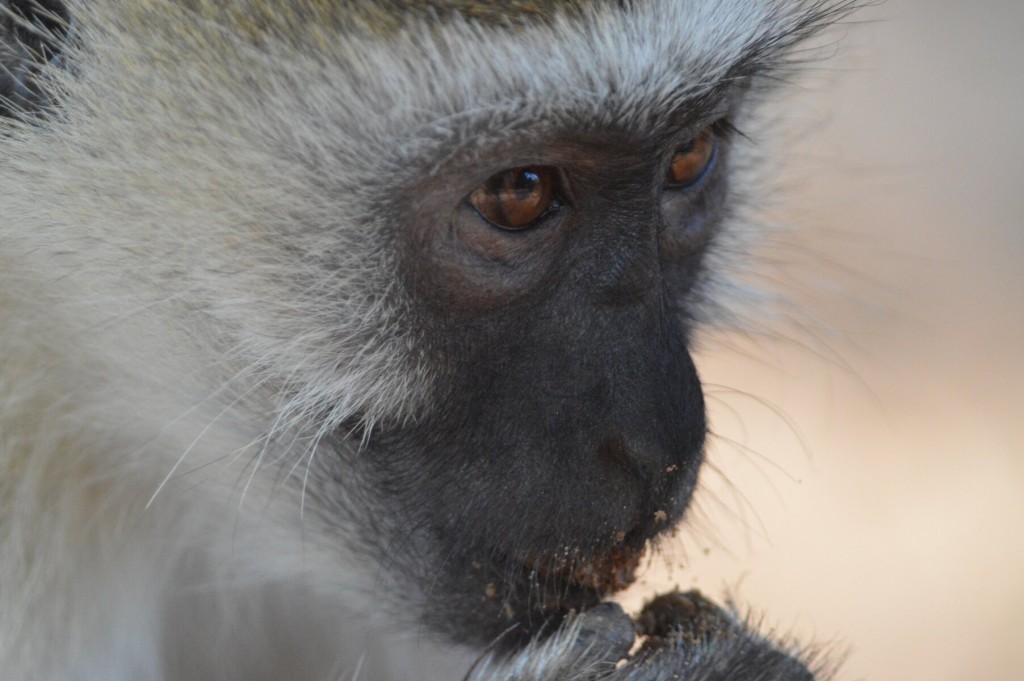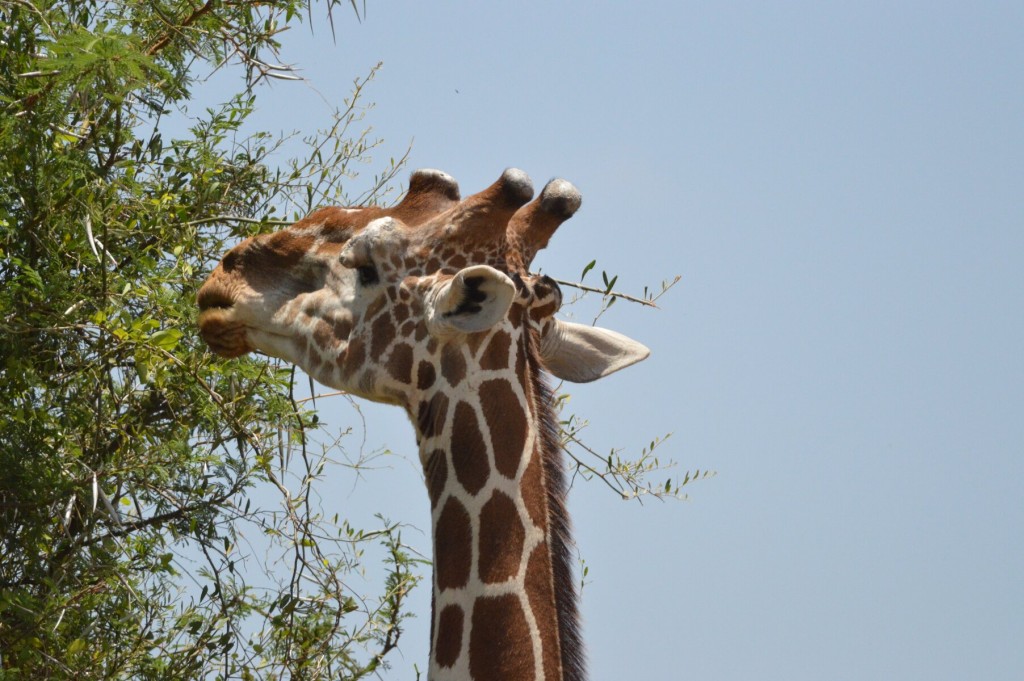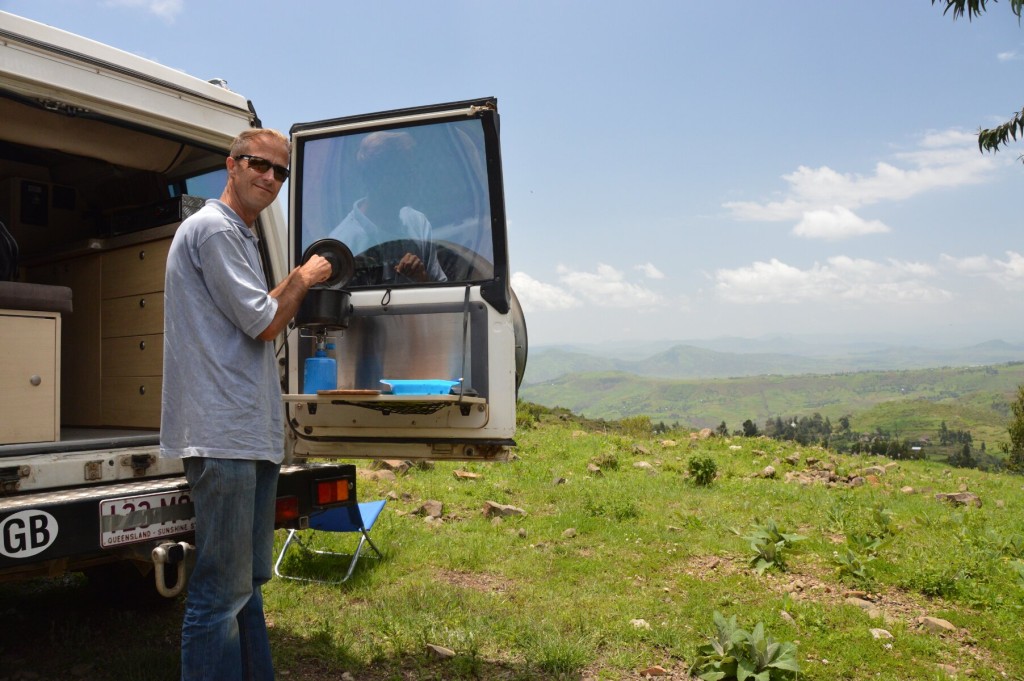IVU World VegFest
The purpose of, or excuse for, this trip was the International Vegetarian Union’s 46th World Vegfest in Nairobi – for the first time being hosted in Africa. You can see how it was impossible not to come? When we first came to Nairobi in 2014 we totally failed to meet up with the Kenyan Vegans group we had found on facebook…so this was also a great opportunity to make amends for that.
It was a bit hard to know what a World Vegfest in Nairobi would be like. I wondered whether it would actually be a success or how may people would attend – especially when I got a message when I was on my way from Ady (who we met in Ghana) to say she wasn’t able to make the trip to Kenya, even though she was involved in organising the event. So when the day arrived I headed a little nervously down to the Oshwal Centre to see what was happening…but I shouldn’t have worried. I joined in the pre-meeting with some international delegates as the preparations for the evening entertainment were going on around us. It was a good group – some names from the internet got attached to real people, and we headed into the weekend with new friends.
The first evening had a strong Indian theme – unsurprisingly as a lot of the vegetarian tradition in Kenya has come from Indian origins (we had an enlightening talk on the history of Kenya and the original Indian settlers as a part of the evening’s entertainment). Also, the guest of honour was the new Indian High Commissioner to Kenya in his first week on the job! There were inspirational talks, African and Indian dance performances and a really good vegan dinner.
The main event on Saturday was not overly crowded, but what it may have lacked in absolute numbers was made up for in enthusiasm and variety. There was no lack of ingenious ideas and vegan products on show by local producers on the vegfest stalls, and many excellent demonstrations in the conference. The issue of whether vegetarian is good enough was diplomatically but strongly raised in compelling terms, and I finally got to meet Rachel – the founder of the Kenyan Vegans and Nairobi Vegans facebook groups. Some good networking was done to link up the different local groups and international organisations.
As Marly writes in her summary here, learning about what people are doing around the world and getting to know each other is an important part of these meetings. From the perspective of Vegan Without Frontiers, as we move towards operating our expeditions next year, it was good to meet some people and organisations we may be supporting and talk about what we’re trying to do. It was also great to be able to put a few people we’ve met on our travels in touch with organisations that are looking for activists to work with. I look forward to seeing these seeds grow in the coming years and adding to them on our travels!
After the VegFest, the Safari
Since we had travelled to Africa for this, and for some this was a first visit, it would have been a shame not to experience the wildlife it is famous for as well. So on Sunday a group of us got together to visit Nairobi National Park. Quite rightly Kenya is proud to have a National Park right on the edge of the city – though it does bring to the fore the conflict that humans bring to wildlife by the occupation of land. It is both beautiful and slightly jarring to see giraffes silhouetted against the city skyline, and zebra grazing by the pylons of a new overhead railway line across the park.
It was really cool to spend the day with Jessika (ProVeg), Victor (Vegan OutReach), Marly (IVU) and Bena (Detox Retreat, Jamaica), most expertly guided by Daniel from Africa Safariland Tours. While the park is too small to sustain elephants (and I imagine a little dangerous to have wild elephants that close to the city), we got to see pretty much all the other animals you’d hope to see – the highlight being a very recently well-fed male lion. Credit to Daniel for this – he spotted it from the distance and drove us to park with the engine off right where it moments later appeared from the long grass and crossed the track right by us. In a first even for me, this lion then proceeded to roar – announcing his presence to anyone within earshot – before continuing on a long walk down to the water to wash down his meal.
OK, at this point the whole commercial imperative of wildlife watching got too much for my taste, as a whole fleet of minibuses and landcruisers zoned in on the lion, guided by radio, and it turned into a photographic feeding frenzy, with a slightly spooked lion jogging for cover after being surrounded. We headed off to a quieter part of the park. We saw rhino, tracked at a distance on foot by armed rangers to protect them from poachers, and more giraffe peacefully eating in some woodland next to pools full of (invisibly submerged) hippos.
On the edge of the park, the David Sheldrick Trust elephant orphanage cares for rescued baby elephants, with the aim of returning them to the wild – a process which takes up to 8 years. Many of these elephants are orphaned after their parents are killed by poachers, while many adults die of starvation in the National Parks after long droughts. Artificial waterholes may keep them alive for a while, but without rain to replenish the vegetation the food eventually runs out, and with human encroachment the ability to migrate to other areas is curtailed. Rescuing the orphans is the least we can do – and they are exceedingly cute!
After the Safari, the other Safari…
At this point, the road was calling again and I had a week before flying back to London. I looked at the map and booked a shuttle bus South to Tanzania. The idea was to travel through the Ngorongoro Conservation Area and Serengeti in a loop by lake Victoria, or maybe all the way round Lake Victoria and back to Nairobi. Leg 1 was South, an 8 hour bus trip to Arusha. It was great to be on the road again, even if someone else was driving, and to get out of the city and see some wide open spaces. On the other hand, by the time the bus pulled up in Arusha I had been talked out of the long bus trip by my fellow passengers and was looking at a few days in Ngorongoro and the Serengeti before heading back.
A couple of hours later I had booked 2 nights at a rather expensive 5 star lodge by the gates to the Ngorongoro Conservation Area and was trying to work out how to get there. The lodge would organise an shuttle for $300 each way…which is frankly ridiculous. The shuttle bus from Nairobi was $25. In the end I found a ‘taxi’ to drive me there, wait 2 days, and drive me back for $100 each way. I know there are cheaper ways to do it…but nobody would tell me at short notice where to find them.
So after an evening of watching a local park football match followed by a pizza and beer and a night in a homestay in town I had an enjoyable 3 hour drive with my friendly driver Goodluck. Some of you will find our combination of names faintly as amusing as I did.
Enter Luxury Service Safari Lodge World. Both Goodluck and I felt a little out of place bumping up to the gates of the lodge in an ordinary car…sightly wide-eyed and awkward. There were staff waiting by the entrance (tipped off by the security gate down at the public road), with shots of iced tea and hot towels to welcome us; staff to carry bags; staff to show us to a table for an introductory welcome pack, drinks and lunch. Goodluck took his leave and left me to be inducted, and was last seen wandering around the property making a video record on his phone, shortly afterwards followed by a staff member scampering after him.
Well, what can I say about the lodge? Beautiful – right on the edge of the forest which covers the outer slopes of the Ngorongoro crater; coffee growing on the slopes under the cottages; staff to light the fires in your cottage and put hot water bottles in your beds (they seem to think this is necessary when the temperature drops to 20C); included G&Ts on the terrace overlooking the pool, overlooking the forest, against a backdrop of sunset over the mountains. For dinner? A complete vegan menu drawn up specially for me, with choices for each of 4 courses. I could get used to it.
Due to my lack of forward planning, I had to have my own personal guide for a full day safari into the crater. For this part I will just say that it was an unforgettable experience and point you to the photographs below. I’m glad it was low season as there were about 30 vehicles in the crater rather than 300 in high season, but probably a better idea to go with a few friends to share the costs. After another luxury night it was back to reality the way I came. Next time, with good luck and a fair wind, we’ll be back in the new truck – though maybe then I’ll be staying in town while our guests experience the bubble of luxury?

